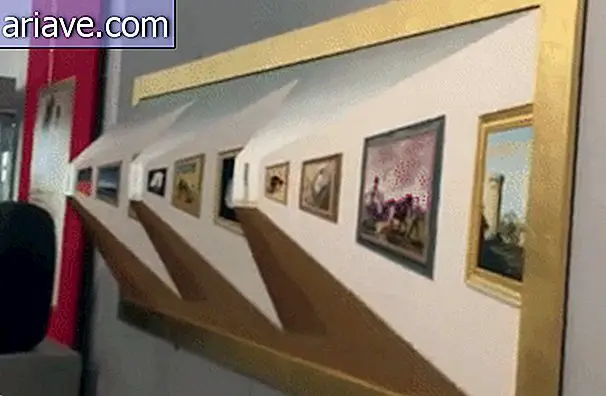Study reveals that our ancestors reproduced with different species
The ancient genomes of a Neanderthal and a different archaic human group, the Denisovans, were presented in a survey on November 18 at a meeting at the Royal Society in London.
The study suggests that they result from the cross-breeding between members of several ancient human groups who had lived in Europe and Asia for over 30, 000 years, including a still unknown ancestor from Asia.
Mysterious species
According to Nature magazine, the new genome Denisovan indicates that this enigmatic population lived with the others. David Reich, an evolutionary geneticist at Harvard Medical School, said at the meeting that they crossed with Neanderthals and ancestors of human populations now living in China and other parts of East Asia, as well as populations from Oceania.

Reich said the new genomes studied indicate that the Denisovans crossed with another extinct population of archaic humans living in Asia over 30, 000 years ago, which is neither human nor Neanderthal. This is where the mystery lies.
The Royal Society meeting was filled with assumptions about the true identity of this population of humans. "We have no idea, " said Chris Stringer, a paleontologist at the London Natural History Museum, who was not involved in the work.
He speculates that the population could be related to Homo heidelbergensis, a species that left Africa about half a million years ago and later gave rise to Neanderthals in Europe.
Genetical diversity
"What the result suggests is that we looked at a world similar to the movie 'Lord of the Rings' where there were many different hominid populations, " said Mark Thomas, evolutionary geneticist at the University of London (who was not involved either). in the study), making a comparison with the famous movie saga.
The first Neanderthal and Denisovan genome sequences revolutionized the study of ancient human history because they showed that these groups intersected with anatomically modern humans, contributing to the genetic diversity of many living people today. All humans whose ancestry originate outside Africa owe about 2 percent of their genome to the Neanderthal.
In addition, certain populations living in Oceania, such as Australian Aborigines, have about 4% of their DNA from crossings between their ancestors and Denisovans, which were named after being discovered in the cave in the Altai Mountains of Siberia. The cave contains human remains dating from 30 to 50 thousand years ago.











